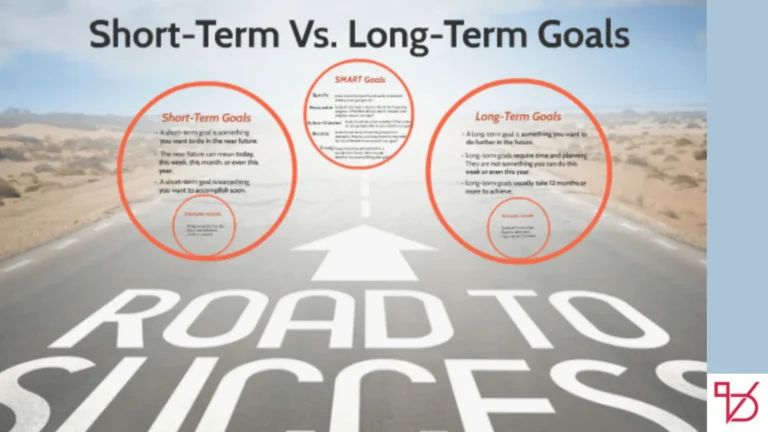Telecom Expense Management (TEM) is the strategic oversight of a company’s telecom and technology spending voice, data, mobile, cloud, IoT and unified communications services. When outsourced, this service is handed over to a specialized provider that offers audit, optimization, invoice processing, contract negotiation, inventory management, and analytics. This allows your organization to focus on core operations while gaining telecom spend visibility, cost control and operational efficiency.
Why Businesses Choose Outsourced TEM
- Substantial Cost Reduction: Most providers deliver savings of 15–30% by detecting billing errors, eliminating unused assets, and renegotiating contracts.
- Process Centralization: Outsourcing standardizes Move Add Change‑Disconnect (MACD) workflows, contract handling, and billing reducing inconsistencies from fragmented in house processes.
- Scalability & Expertise: TEM specialists bring industry best practices, advanced analytics, and software platforms (SaaS or on-prem) that in-house teams often lack.
- Enhanced Visibility & Reporting: Providers deliver unified dashboards showing telecom spend by location, vendor, service type, with trend analysis and ROI insights.
- Freeing Up Internal Resources: IT, finance, and procurement teams can refocus on strategic projects, rather than telecom billing and asset tracking.
Core Components of an Effective Outsourced TEM Program
- Invoice Audit & Validation
Providers reconcile invoices, flag overcharges and pursue credits for billing errors. - Contract & Vendor Management
TEM services manage carrier relationships, negotiate contracts including wireless, wireline, IoT, and UCaaS and run RFPs. - Inventory & Asset Lifecycle Management
Tracking of devices, circuits, and network assets, including procurement and retirement prevents unnecessary costs. - Usage Monitoring & Optimization
Analytic platforms identify underutilized lines, high data users, redundant services enabling usage caps and plan optimization. - Automation & MACD
Streamlined Move/Add/Change/Disconnect workflows reduce manual errors and speed provisioning. - Reporting & Business Intelligence
Granular reports support cost center allocations, budget forecasting, and executive strategy. - Help Desk & Support
Many providers offer 24/7 support and customer service, ensuring fast resolution and proactive oversight.
In‑House vs. Outsourced TEM: A Comparison
| Factor | In‑House TEM | Outsourced TEM |
|---|---|---|
| Cost | High fixed cost (headcount, training, systems) | Pay for performance model; shared or fixed fees |
| Control & Security | Total control; no data sharing concerns | Robust security, SLA backed; slight vendor oversight |
| Expertise & Scalability | Limited by internal bandwidth | Access to domain experts, scalable teams |
| Visibility & Reporting | Fragmented, inconsistent | Centralized dashboards, analytics |
| Operational Burden | High workload on internal staff | Frees internal teams to focus on strategic initiatives |
Outsourced TEM often delivers higher ROI, especially for mid‑sized to large enterprises seeking growth and agility.
How to Choose the Right TEM Provider

Key evaluation criteria:
- Audit & Optimization Tools: Look for AI/automation-driven platforms with global carrier integration.
- Service Model Options: Providers should offer flexible models pure SaaS, fully managed, hybrid tailored to your maturity .
- Customer Support: 24/7 help desk capabilities are essential.
- Industry Experience & References: Proven experience with companies similar in size/industry boosts confidence.
- Security & Compliance: Ensure GDPR, data confidentiality SSL/TLS compliance.
- Transparent Pricing Models: Favor providers with no hidden fees look for ROI guarantees and clear scopes.
Real World Impact: Provider Case Studies
WinBill® by TeleManagement Technologies (TTI):
Deployed since 1987; clients report ROI within six months and elimination of manual entry workflows.
Vatic Outsourcing:
Offers wireless cost optimization, MACD services, and monthly dashboards clients saved 18% on average and over $100M collectively.
Tellennium (Management of Things):
SaaS-first model, no implementation fees, backed by AOTMP recognition, real-time AI-driven reconciliation
Implementing an Outsourced TEM Strategy
- Assess & Benchmark: Map current telecom usage, bills, and contracts.
- Define Objectives: Set clear KPIs like % savings, reduction in idle assets, SLA targets.
- Select Provider: Based on audit capabilities, support, technology, security, and pricing.
- Pilot Phase: Start with a subset (e.g., wireless spend) to validate ROI.
- Full Rollout: Expand TEM across services, with integrations into IT and finance.
- Continuous Optimization: Monthly reviews, quarterly contract renegotiations, quarterly policy refinements.
Conclusion
Outsourced telecom expense management offers a measurable route to telecom efficiency through expert audits, vendor negotiation, asset lifecycle oversight, and automation driven savings. Unlike in house, outsourcing delivers economies of scale, rapid deployment, transparent reporting and reduced burden on internal teams all backed by vendor accountability and ongoing optimization.
If your goal is to cut telecom expenses, gain spend clarity, and refocus internal resources investing in an outsourced TEM partner is the smarter more strategic pathway.




